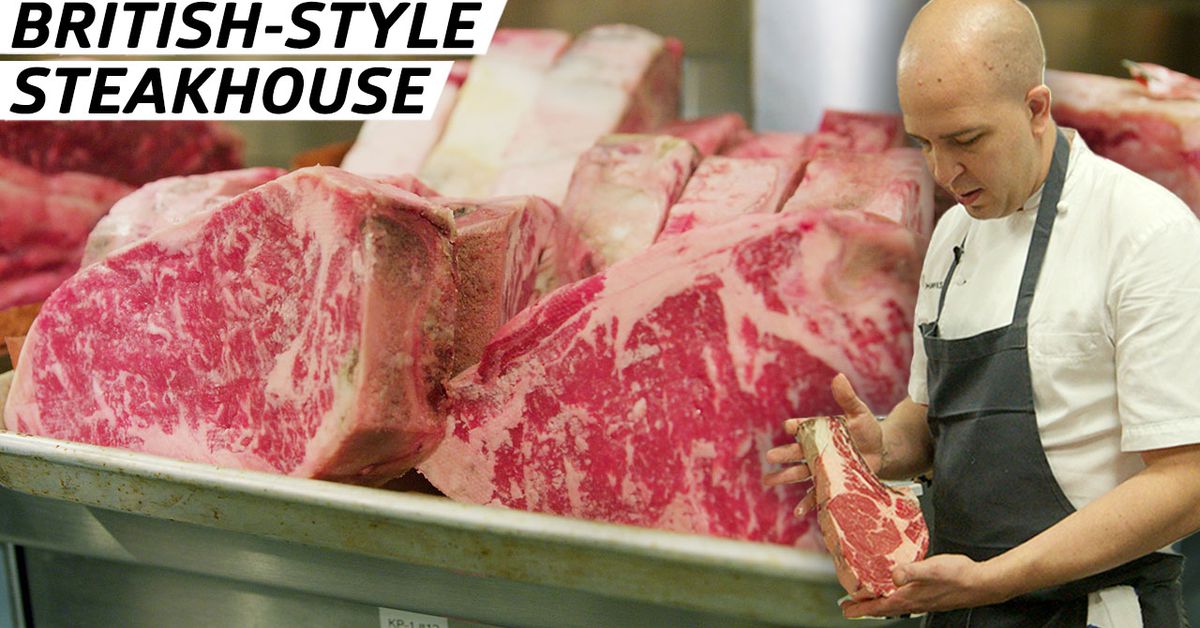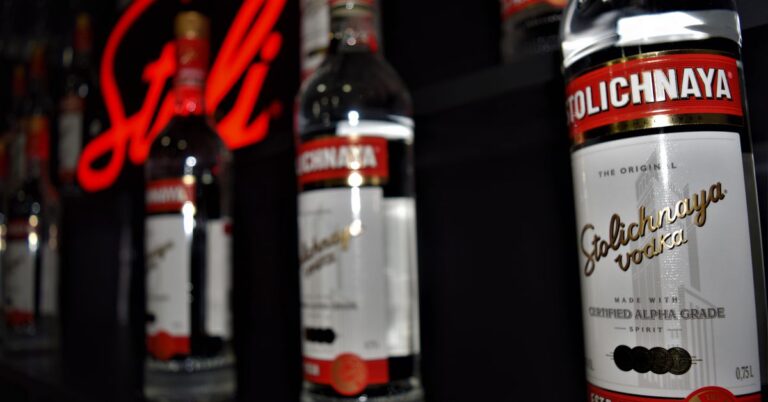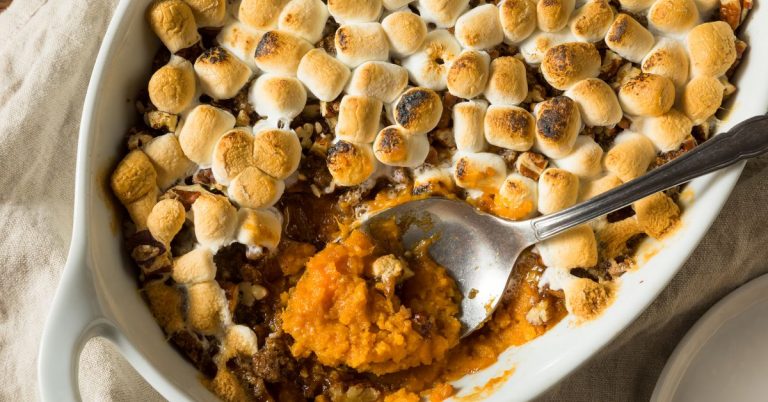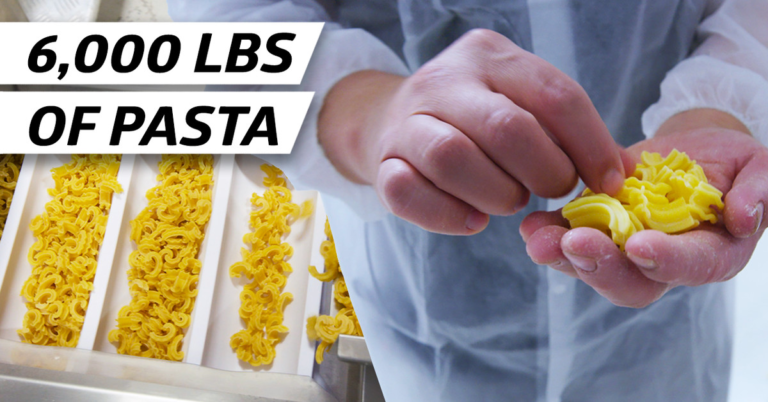How Master Butchers Run an Iconic British Steakhouse in New York City
At Hawksmoor, a British-style steakhouse in New York City, executive chef Matt Bernero begins his day by checking on his team, and checking on his beef. “An incredible amount of beef comes through these doors every day,” he says. It’s up to him and his team to use their expert skills and knowledge to age the beef, butcher it, cook it, and serve it in ways that showcase cuts from just about every single part of the cow — from popular steaks like the porterhouse and New York strip down to dishes made with the rump and bone marrow.
Chef Paddy Coker is a master butcher in charge of the restaurant’s grill and steak development. His day begins with breaking down the different cuts, starting with the rump, or, as it’s known in the U.S, top sirloin.
“The rump steak is really important to our mission, as part of our sustainability mission, and also with our U.K. roots, being such a popular cut there for the Sunday roast,” says Bernero. “It was really important for us to introduce the U.S. to it and show them how delicious that cut can be.”
After testing out every cut of beef for the restaurant’s tartare, the rump is selected as the most tender and delicious, and goes on to become the restaurant’s dry-aged rump tartare appetizer, completed with raw egg yolk and shaved cheese.
After breaking down all the steaks, from picanha to T-bone to porterhouse to New York strip and more, Coker gets the restaurant’s Turkish-style charcoal grill ready.
“The main difference between cooking with gas and cooking with charcoal is, as the juices of the meat and the fat are dripping onto the coal, it’s creating that bit of smoke that’s kind of coming up and glazing the meat, adding a whole other level of flavor,” says Bernero. “I almost call it our secret sauce here.”
From there, the two taste test a piece of meat from each cut of steak they plan to serve that evening. “The importance of taste-testing each and every steak is, every cow is different, and especially once we put something on for 35 days [of dry-ageing]. A lot of things can happen, there are a lot of variables,” says Bernero. “If it doesn’t make the cut, it doesn’t make the menu.”
Check out the full video, and follow chef Bernero as he gets the steakhouse ready for service.






